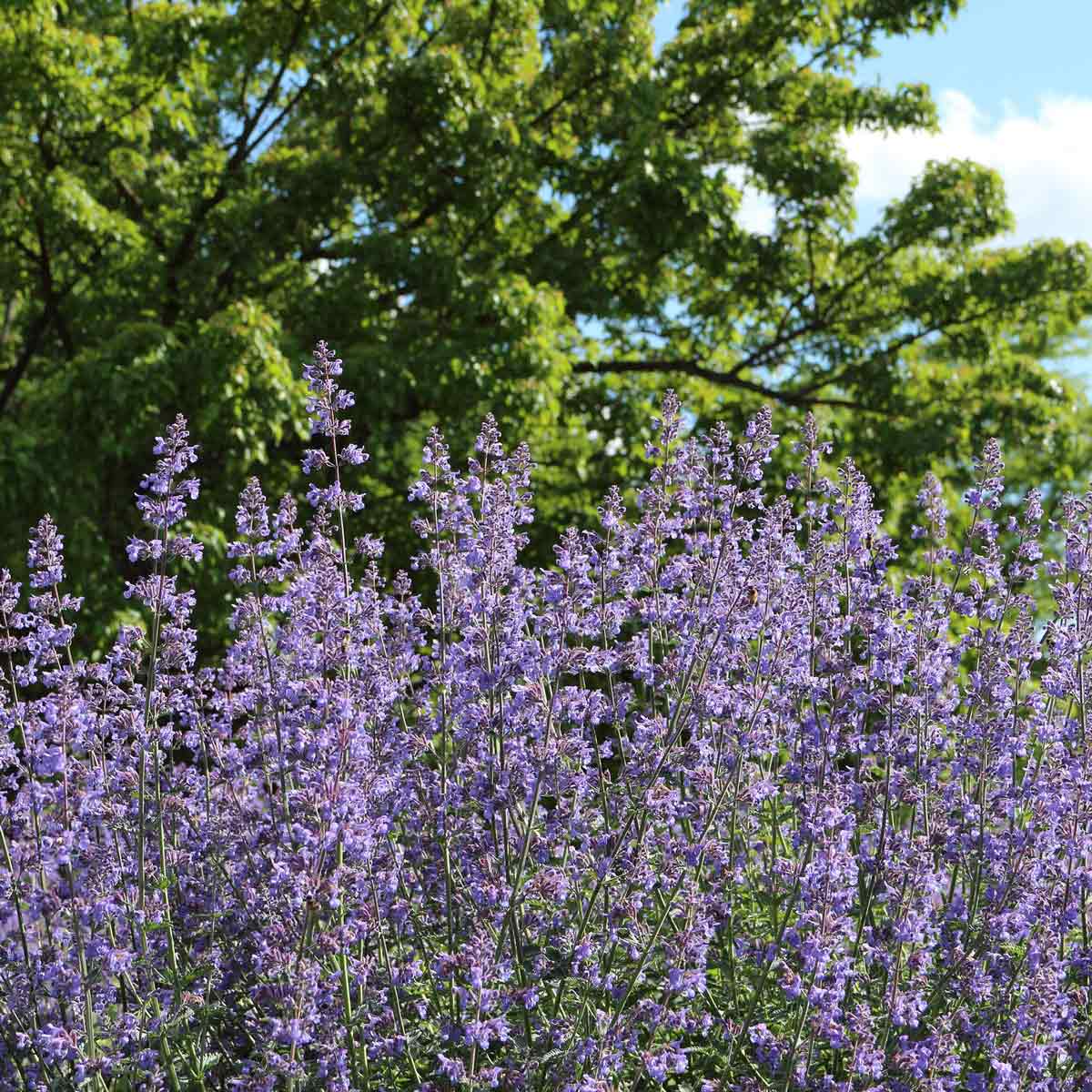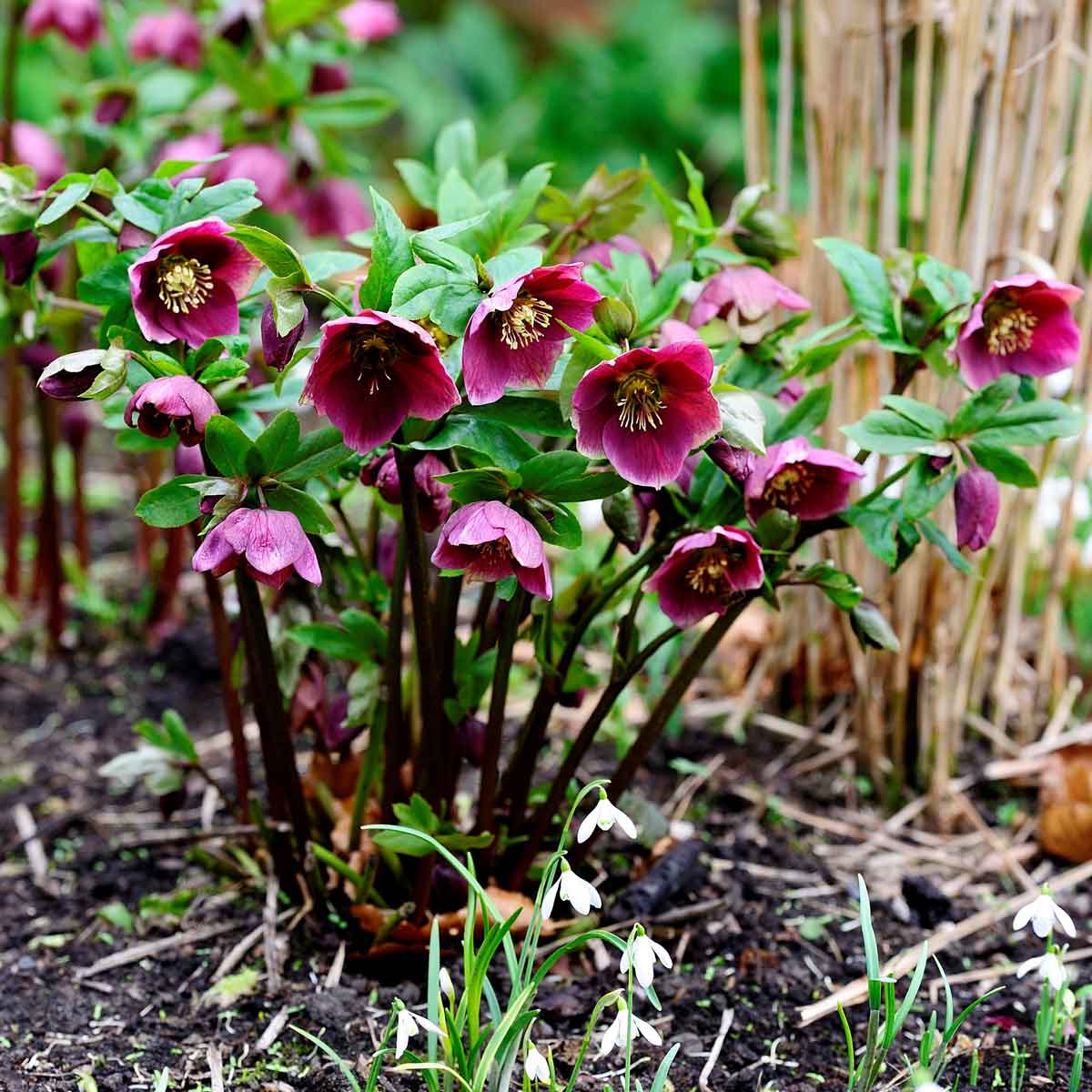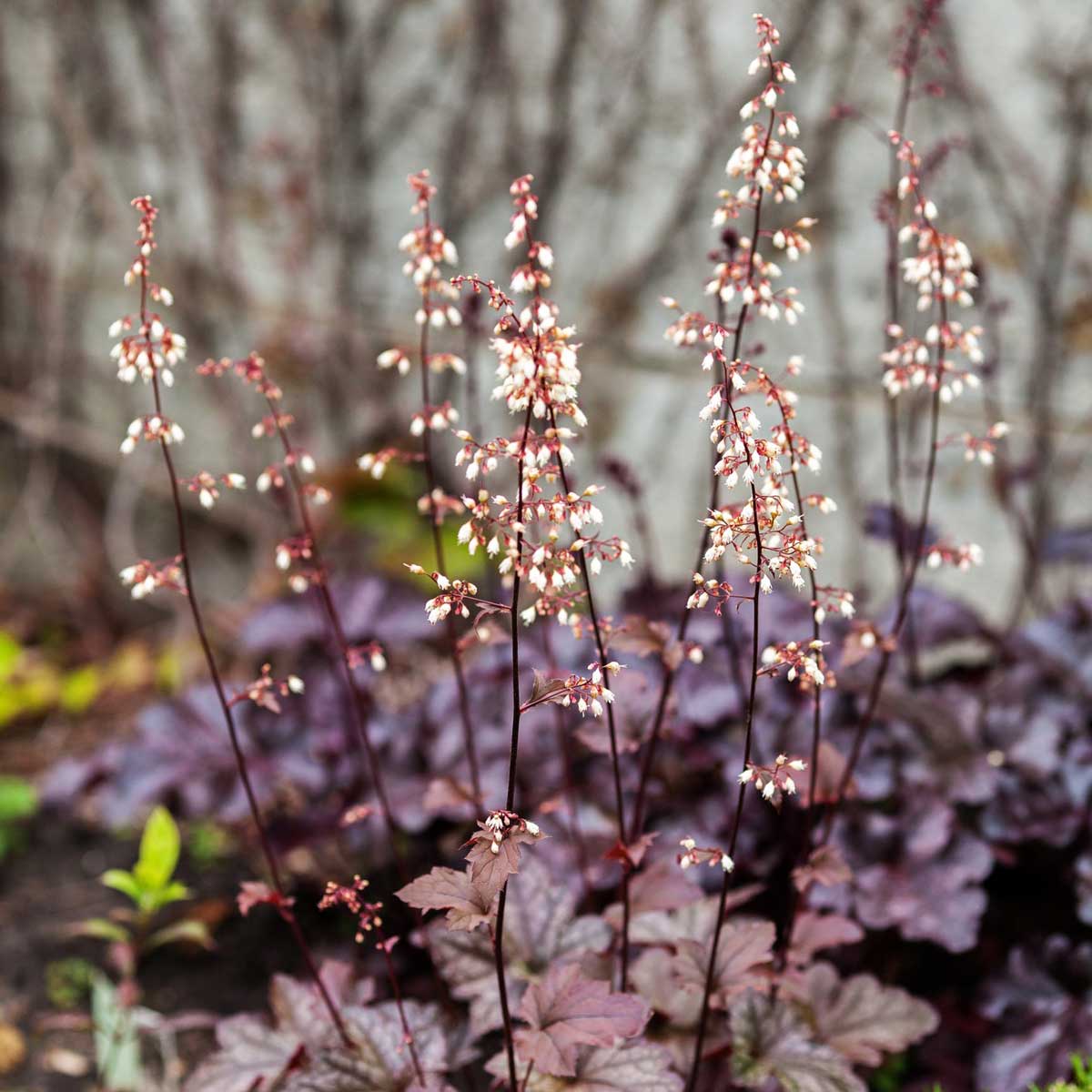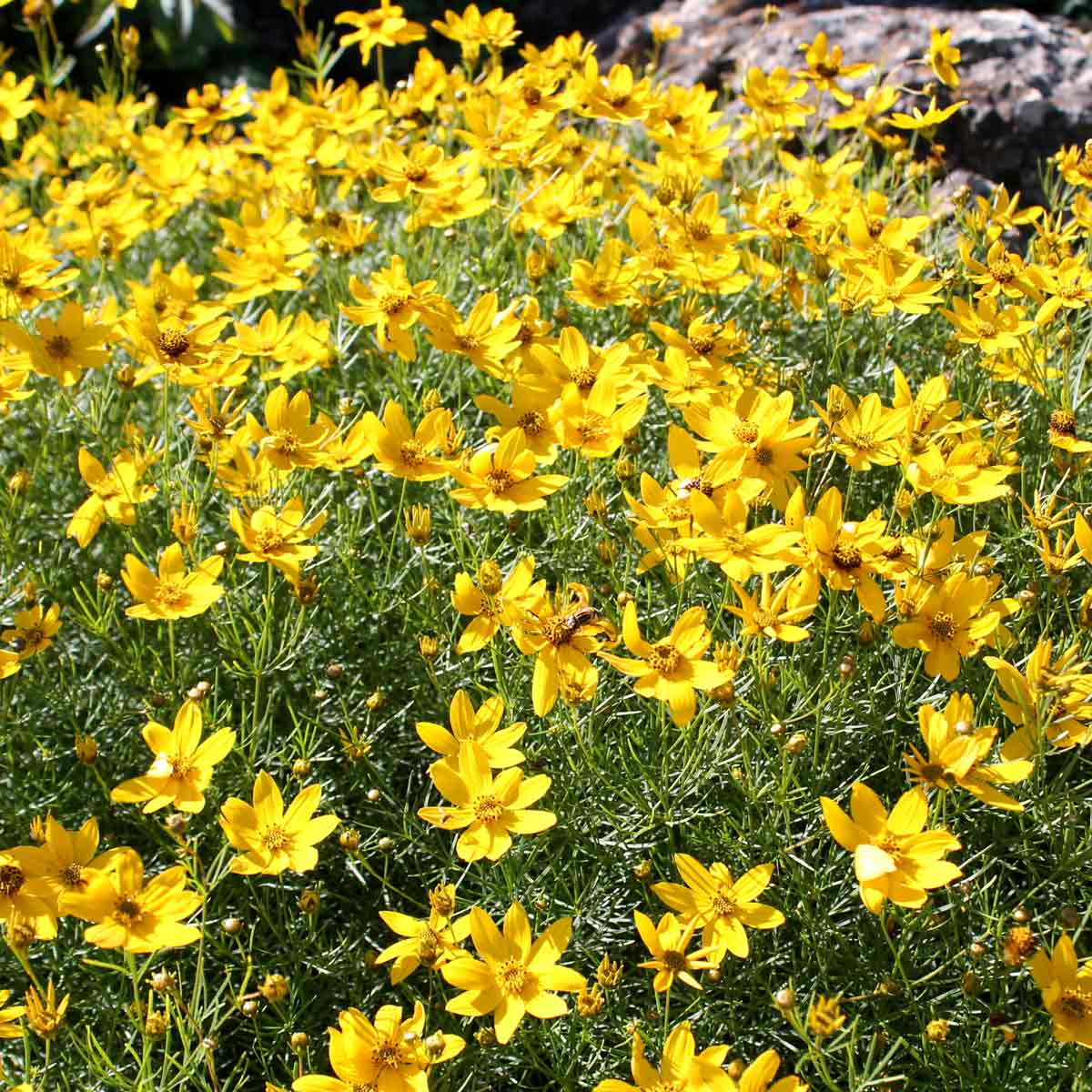How it Works: Preen Garden Weed Preventers
Here's how our Garden Weed Preventers prevent weeds before they even sprout rather than killing them after they’ve already had the chance to grow.
Want to know what perennials will grow in your lousy soil? Learn about the five most persistent perennials that can adapt to lousy soil conditions.
Few gardeners are blessed with good enough soil that they can just dig and plant perennials. Instead of the loose and well-drained soil rich in organic materials that are preferred by perennials, so many yards are filled with less than desirable conditions for planting perennials. These conditions include root-rotting, poorly draining clay, or sandy soil that dries out too fast, more rocks than soil, or most common of all, so-called “builder’s soil” that’s a few inches of topsoil laid on top of compacted subsoil following home construction.
Whatever the cause, lousy soil is a crucial strike against success in perennial growth. This is because, unlike other plant types, perennials are particularly finicky when it comes to surviving in unusual conditions.
Very sun-, heat- and drought-tough, catmint grows in a low mound with grayish-green leaves and long-lasting blue flowers. Unlike some mints, this perennial doesn’t send out fast-spreading runners. Catmint grows 15 to 24 inches tall. Full sun.

Fotolinchen / iStock / Getty Images Plus
Also known as helleborus, this durable, animal-resistant, evergreen perennial is among the first plants of the season to bloom. It boasts flowers that are hanging and bell-shaped, most commonly found in white or pink. Shade or part shade.

Drew Rawcliffe / iStock / Getty Images Plus
This popular, deer-resistant perennial features purple flower spikes in May and often again in early fall. It’s one of the best plant performers in sun, heat, and drought, and will typically grow one to two feet tall.

Adisa / iStock / Getty Images Plus
Although these foot-tall plants get wiry white or pink early-summer flowers, they’re mainly grown for their wide, colorful leaves that range from gold to rosy-red to purple. Best in the morning sun and afternoon shade.

Poliuszko / iStock / Getty Images Plus
A native type of coreopsis, this little sun-lover with fine-textured foliage grows in 12- to 18-inch mounds and is nearly covered in button-sized yellow flowers for two months in summer.

George Weigel